Archives
- 2025-12
- 2025-11
- 2025-10
- 2025-09
- 2025-03
- 2025-02
- 2025-01
- 2024-12
- 2024-11
- 2024-10
- 2024-09
- 2024-08
- 2024-07
- 2024-06
- 2024-05
- 2024-04
- 2024-03
- 2024-02
- 2024-01
- 2023-12
- 2023-11
- 2023-10
- 2023-09
- 2023-08
- 2023-07
- 2023-06
- 2023-05
- 2023-04
- 2023-03
- 2023-02
- 2023-01
- 2022-12
- 2022-11
- 2022-10
- 2022-09
- 2022-08
- 2022-07
- 2022-06
- 2022-05
- 2022-04
- 2022-03
- 2022-02
- 2022-01
- 2021-12
- 2021-11
- 2021-10
- 2021-09
- 2021-08
- 2021-07
- 2021-06
- 2021-05
- 2021-04
- 2021-03
- 2021-02
- 2021-01
- 2020-12
- 2020-11
- 2020-10
- 2020-09
- 2020-08
- 2020-07
- 2020-06
- 2020-05
- 2020-04
- 2020-03
- 2020-02
- 2020-01
- 2019-12
- 2019-11
- 2019-10
- 2019-09
- 2019-08
- 2019-07
- 2019-06
- 2019-05
- 2019-04
- 2018-11
- 2018-10
- 2018-07
-
Introduction Glucose is the most important energy carrier
2022-05-21
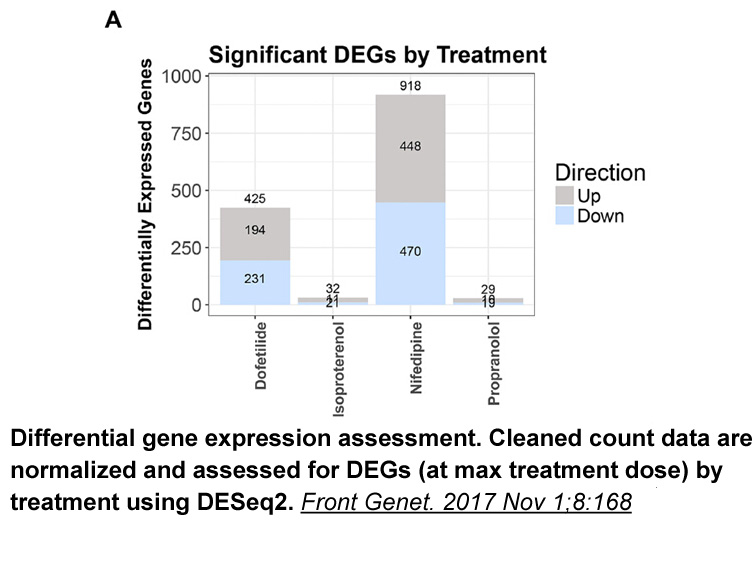
Introduction Glucose is the most important energy carrier of the brain. Glucose transporter type 1 (Glut1) is located at the blood–brain barrier and assures the energy-independent, facilitative transport of glucose into the brain [1]. Twelve transmembrane segments of the protein and an intracellula
-
The rapid actions of glucocorticoids range from the producti
2022-05-21
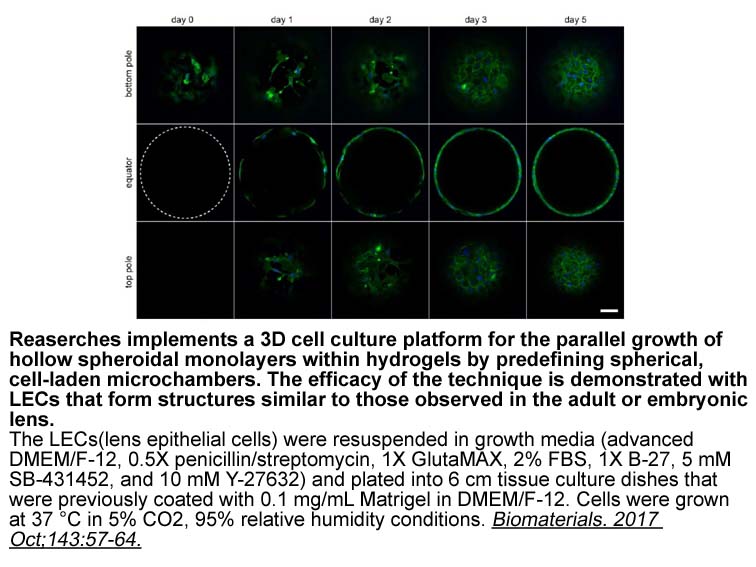
The rapid actions of glucocorticoids range from the production of endocannabinoid as a retrograde messenger [9], to regulation of ion channels [10], [11], to inhibitory effects on immune RG2833 receptor [12], [13], [14]. Many different kinase signaling pathways have been implicated in the rapid acti
-
br Conclusion Our experiments have confirmed
2022-05-21
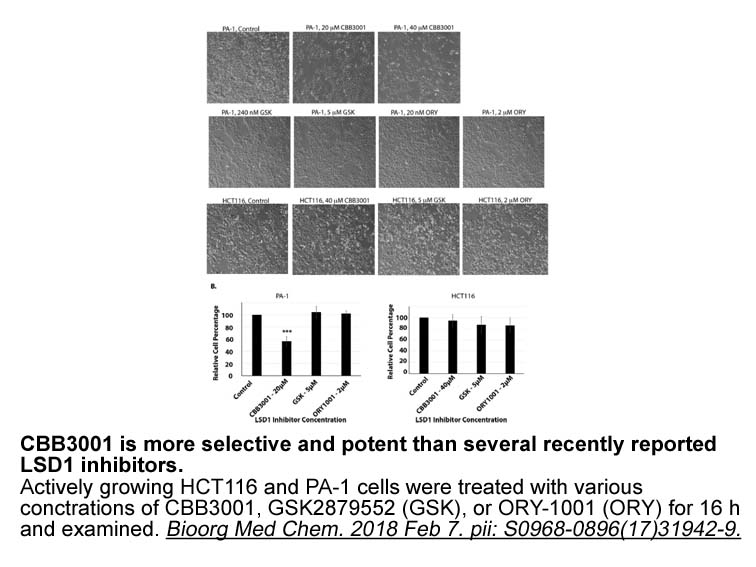
Conclusion Our experiments have confirmed the effects of fasting, DIO, and E2 on the expression of Ghsr, Npy, and Agrp in the ARC (Briggs et al., 2013, Briggs et al., 2010, Brown and Clegg, 2010, Coppola et al., 2007, Palou et al., 2009, Roepke et al., 2008, Verhulst et al., 2012). However, gene
-
Some malignant human tumors cells also express FPRs
2022-05-21
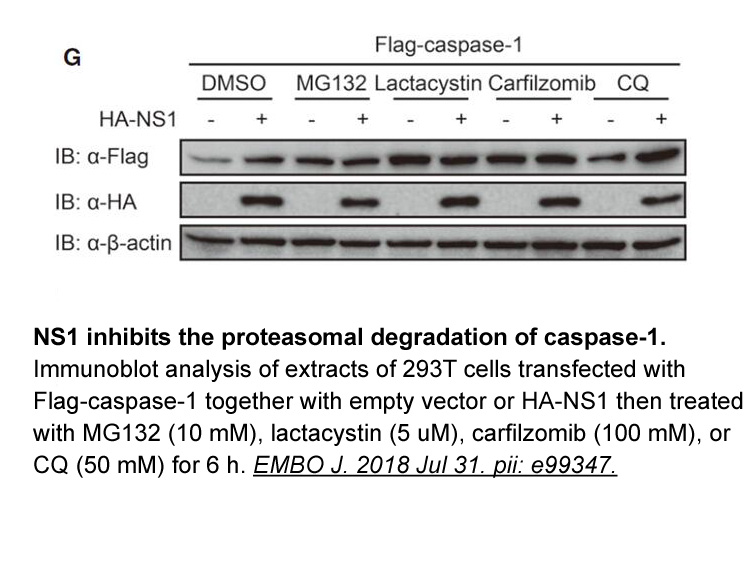
Some malignant human tumors TMC647055 Choline salt also express FPRs and respond to bacterial or endogenous agonists by increased motility and growth. For instance, FPRs expressed by human gastric cancer cells, mediate epithelial–mesenchymal transition, cell proliferation, migration, and resistance
-
Consistent with our result Camacho Barquero and coworkers
2022-05-20
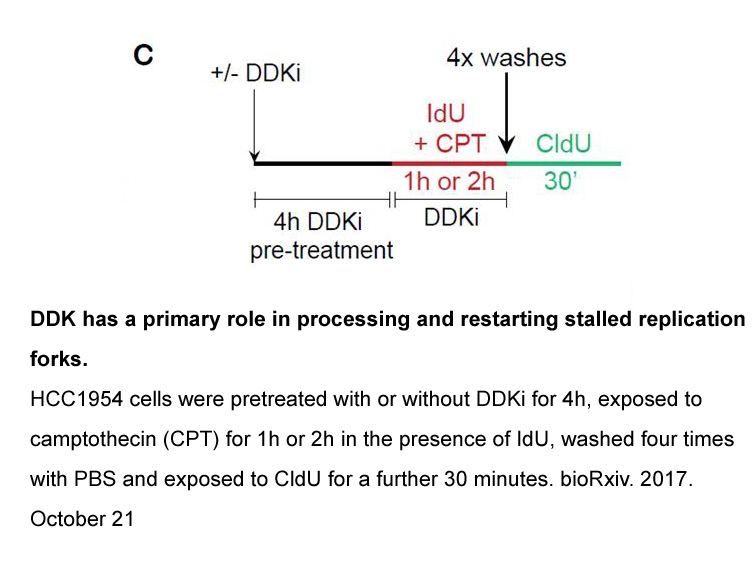
Consistent with our result, Camacho-Barquero and coworkers showed that curcumin reduced phospho-P38 MAPK. P-38 MAPK is a key effector of several downstream factors that eventually modulate the homing of monocytic cells during the onset of intestine inflammation (Camacho-Barquero et al., 2007). Along
-
Finally the optimized leads and were tested in rat model
2022-05-20
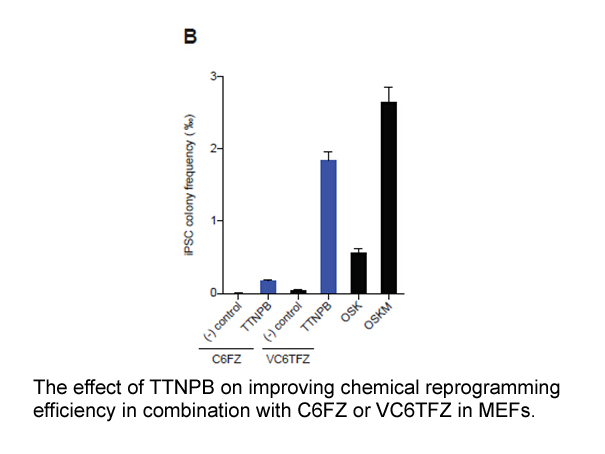
Finally, the optimized leads (−)- and (−)- were tested in rat model of CIPN (3 and 30 mg/kg, po, qd, administered for 7 days) and the results have been shown in . Under acute set up, after single oral administration at 30 mg/kg, both the compounds exerted significant improvement of the NP condition
-
Last we demonstrate that the role of EZH
2022-05-20
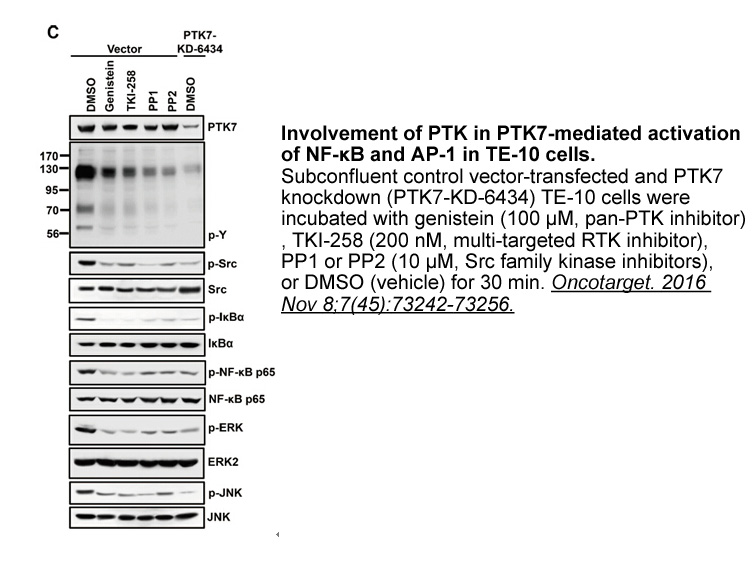
Last, we demonstrate that the role of EZH2 as a transcriptional activator, with AR being a key target, coexists with its conventional catalytic role in gene repression and plays important oncogenic functions in AR-driven PCa (Figure 7F). Enzymatic EZH2 inhibitors such as EPZ and GSK126, although ef
-
Golgicide A Chicoric acid CA is a di acylated hydroxycinnamo
2022-05-20
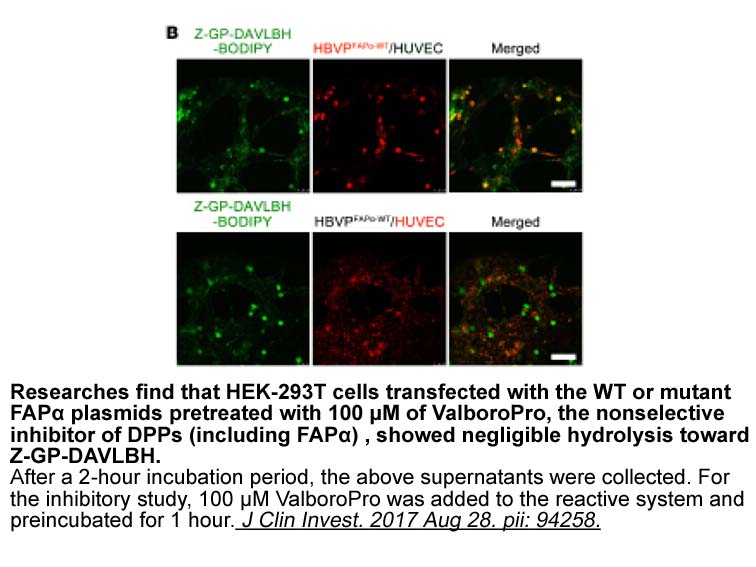
Chicoric Golgicide A (CA) is a di-acylated hydroxycinnamoyl tartaric acid ester [12] found in a variety of plant species, especially within the Astereceae family [13]. Of interest for this study, Sonchus oleraceus and Bidens pilosa plants, from Astereceae family, were used. Both S. oleraceus and B.
-
br Trifluoromethylketones This group of compounds
2022-05-20
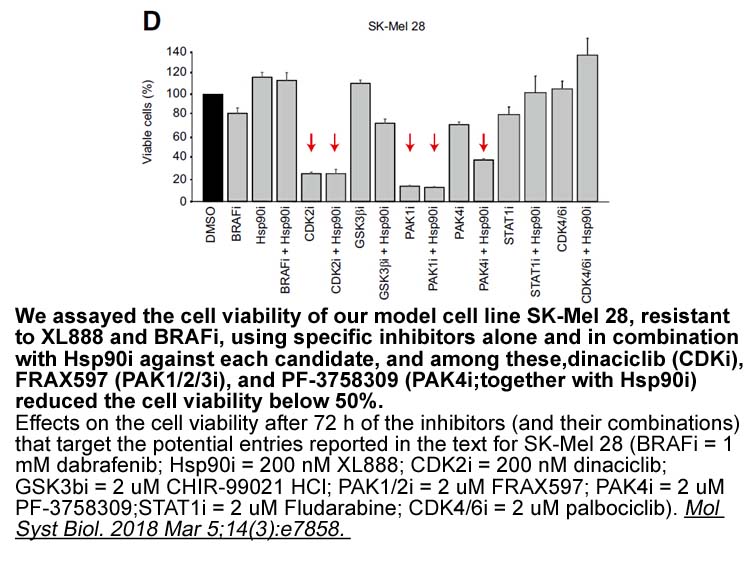
Trifluoromethylketones This group of compounds was demonstrated to bind the zinc Rp-8-Br-PET-cGMPS in the active site due to its easy hydration, forming the required chelating intermediate. Ontaria et al. [92] have proposed variations around the cap group of trifluoromethylthiophene as the core
-
GR activity prevents GSSG overaccumulation by reducing this
2022-05-20
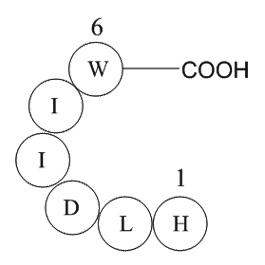
GR activity prevents GSSG overaccumulation by reducing this molecule to GSH (Kranner et al., 2006). High GR activity seems to be essential for undisturbed seed germination as GR and other enzymatic antioxidants maintain sunflower (Helianthus annuus L.) seeds vigour (Bailly et al., 2002). Germination
-
br Introduction br Mitochondrial dysfunction and cancer br L
2022-05-20
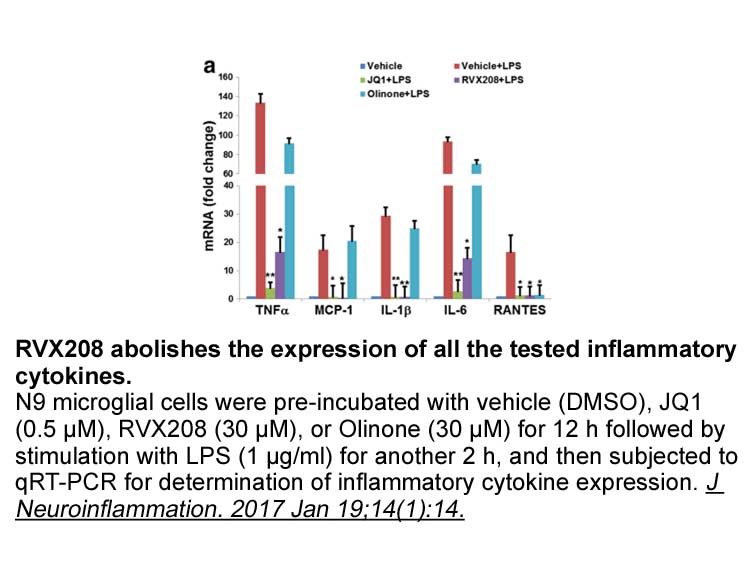
Introduction Mitochondrial dysfunction and cancer Lactate and succinate as oncometabolites Intracellular actions of lactate and succinate as tumor promoters Cell-surface receptors for lactate and succinate and their role in cancer GPR109A as the receptor for butyrate and β-hydroxybu
-
abt 737 mg Previous studies showed that pregnancy
2022-05-20
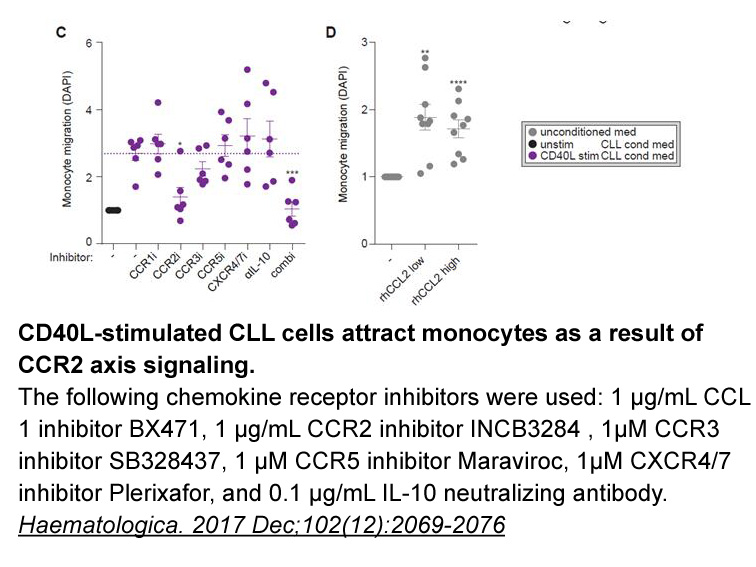
Previous studies showed that pregnancy rate improves when ewes have a BCS that exceeds a minimum threshold [43]. The pregnancy rate is increased in sheep with BCS ≥2.5 [44] and >2 [45]. In this work, pregnancy rate was higher in the GnRH group with low BCS compared to the hCG and Control groups. Des
-
Reports of hyperlocomotion after administration of ALX coupl
2022-05-20
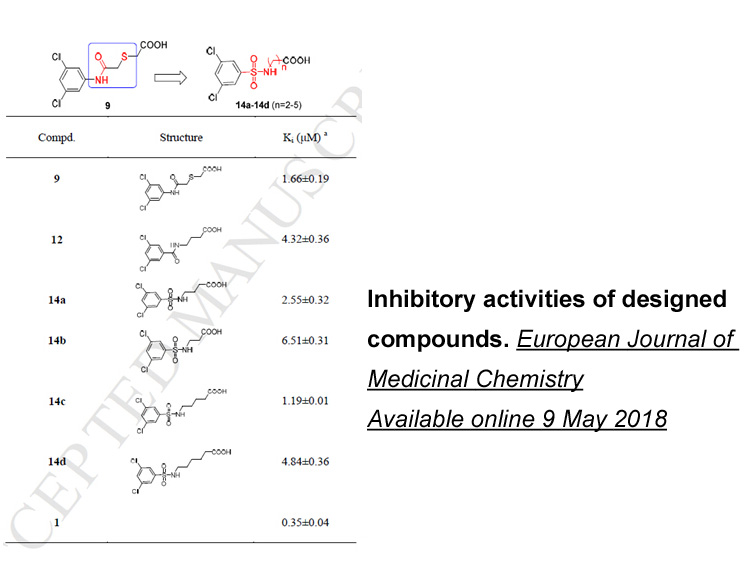
Reports of hyperlocomotion after administration of ALX-5407 [27] coupled with the lack of hyperlocomotion after administration of SSR504734, a non-sarcosine, long-residence time, competitive inhibitor [19], suggested that the GlyT1 inhibitor chemotype may impact OP. Furthermore, a compound with a co
-
Extensive pharmacological and structural analysis shows GCGR
2022-05-19
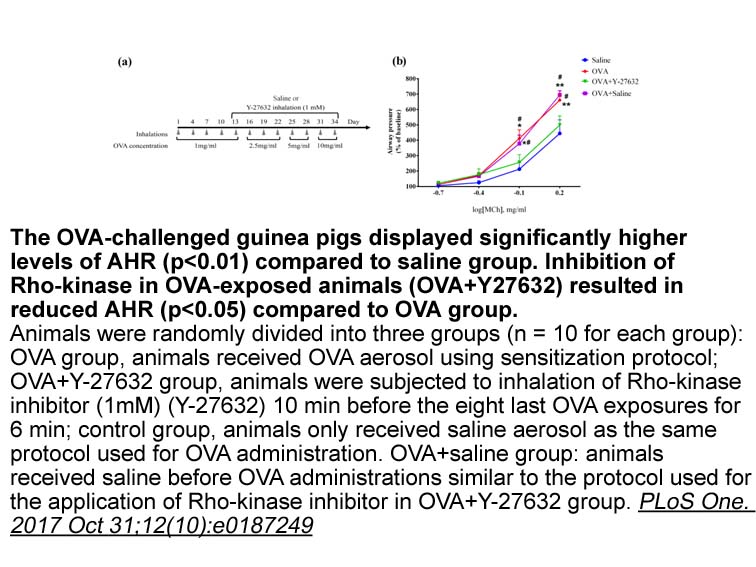
Extensive pharmacological and structural analysis shows GCGR antibody REMD-477 competitively blocks GLC binding to the GCGR with 30-pM binding affinity, and can fully inhibit the receptor activity at low nanomolar concentrations in Exo1 sale 14, 17, 20. Functionally identical to REMD-477, REMD2.59
-
br Acknowledgements br Introduction Galanin shows
2022-05-19
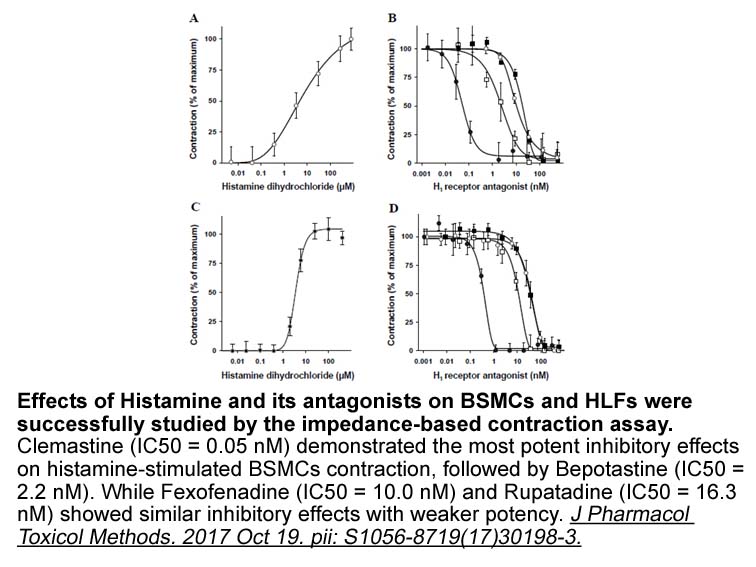
Acknowledgements Introduction Galanin shows widespread distribution in the central nervous system (CNS) and peripheral nervous system (PNS) as well as in the immune, endocrine and endothelial vascular systems (Lang et al., 2007). Galanin controls diverse physiological processes such as arousal
16389 records 471/1093 page Previous Next First page 上5页 471472473474475 下5页 Last page